Knock down joints are joints for timber which involve a bracket of some kind. This means you do not have to be skilled at carpentry and simply, in most cases, screw the bracket to the wood to make a strong joint for your units.
Types of joints
Plastic Corner Block (fixit blocks)
The corner block is pressed against the two pieces of material (normally wood based). Screws are used to fix the block into position. This type of joint is used to fit modern cabinets such as those found in a kitchen. It is a relatively strong joint although it has the advantage that it can be dismantled using a screwdriver.
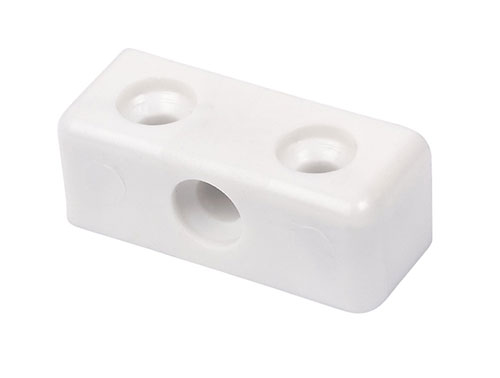
Plastic corner block or fixit blocks
Natural Wood Fitting (square section batten)
A piece of material such as pine can be drilled and screws can be passed through these holes. This gives a cheap and effective knock-down joint. The screws are normally countersunk into the knock-down fitting.
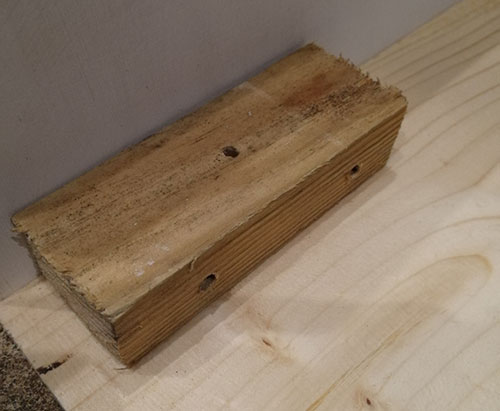
Natural wood fitting or square section batten
Two Block Fitting (lok-joints)
These are made from plastic. A bolt passes through the first fitting into the thread of the second. As the bolt is tightened it draws the two fittings together. The pins help keep the fitting straight. This gives a very strong joint and it can be dismantled using a screwdriver.
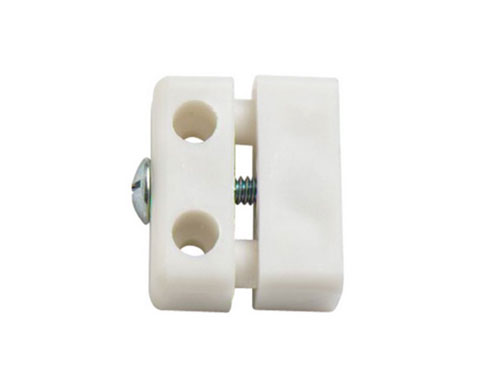
Two block fitting or lok–joints
Rigid Joint
These are normally moulded in plastic which makes them strong. Screws pass through the four holes which hold the sides at each corner firmly together.
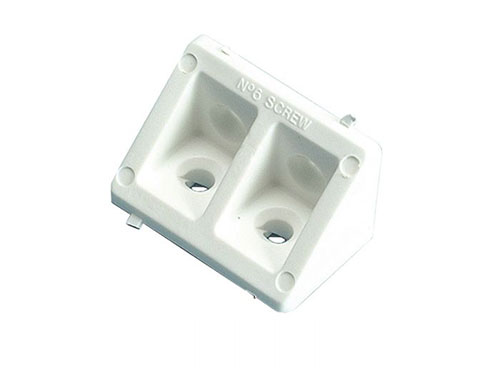
Rigid joint
Scan Fittings
These are strong enough to be either permanent or temporary joints. The cylinder is inserted into the first side of a cabinet in a pre-drilled hole. The screw is then pushed through the hole in the second side until it meets the cylinder. It can then be tightened with a screw driver until both sides of the cabinet pull together.
Scan fixings are very commonly found on flatpack furniture, mostly where a strong fixing is required such as on a bed or other structure that will need to support load.
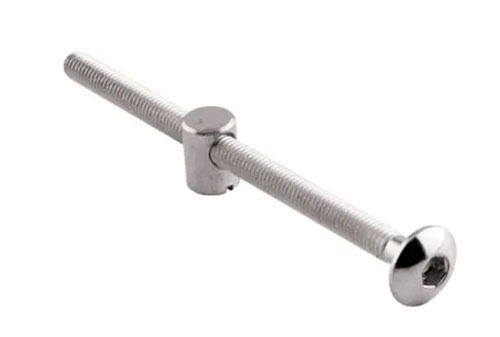
Scan fittings
Cam Locks
The disk fits into a recess in the first side of the cabinet. It rotates by inserting a screwdriver into the slot in its side. The shaft is screwed into the second side of the cabinet.
The collar of the shaft is passed through the hole in the second slot in the disk. When the disk rotates the shaft is locked in position. This keeps both sides of the cabinet locked together.

Standard cam lock fitting
The Table Plate
A traditional table is fixed permanently together using mortise and tenon joints. These joints are strong but have a disadvantage – they cannot be used for modern ‘knockdown furniture’. Modern furniture is normally flat-packed, this means it is delivered to the home, in pieces, arranged in a flat package. It has to be assembled in the home. Usually instructions are supplied but they can be difficult to follow. The ‘table plate’ fitting is ideal for this type of furniture because it can be set up quite easily with the use of a spanner and a screw driver.
The diagram below shows a typical table which has been permanently fixed together using mortise and tenon joints. The highlighted area shows an alternative way of fixing the parts together, using a table plate.
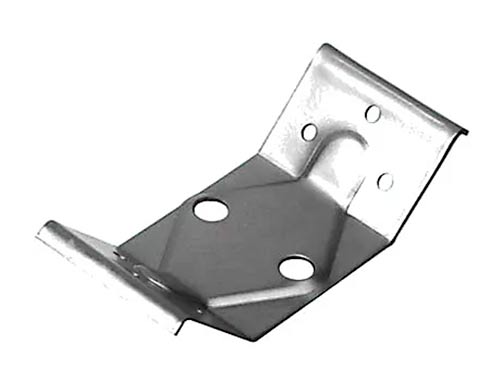
Table plate fixing to join table leg to table top
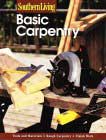
Basic Carpentry available from Amazon
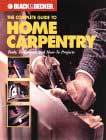
Home Carpentry book available from Amazon

